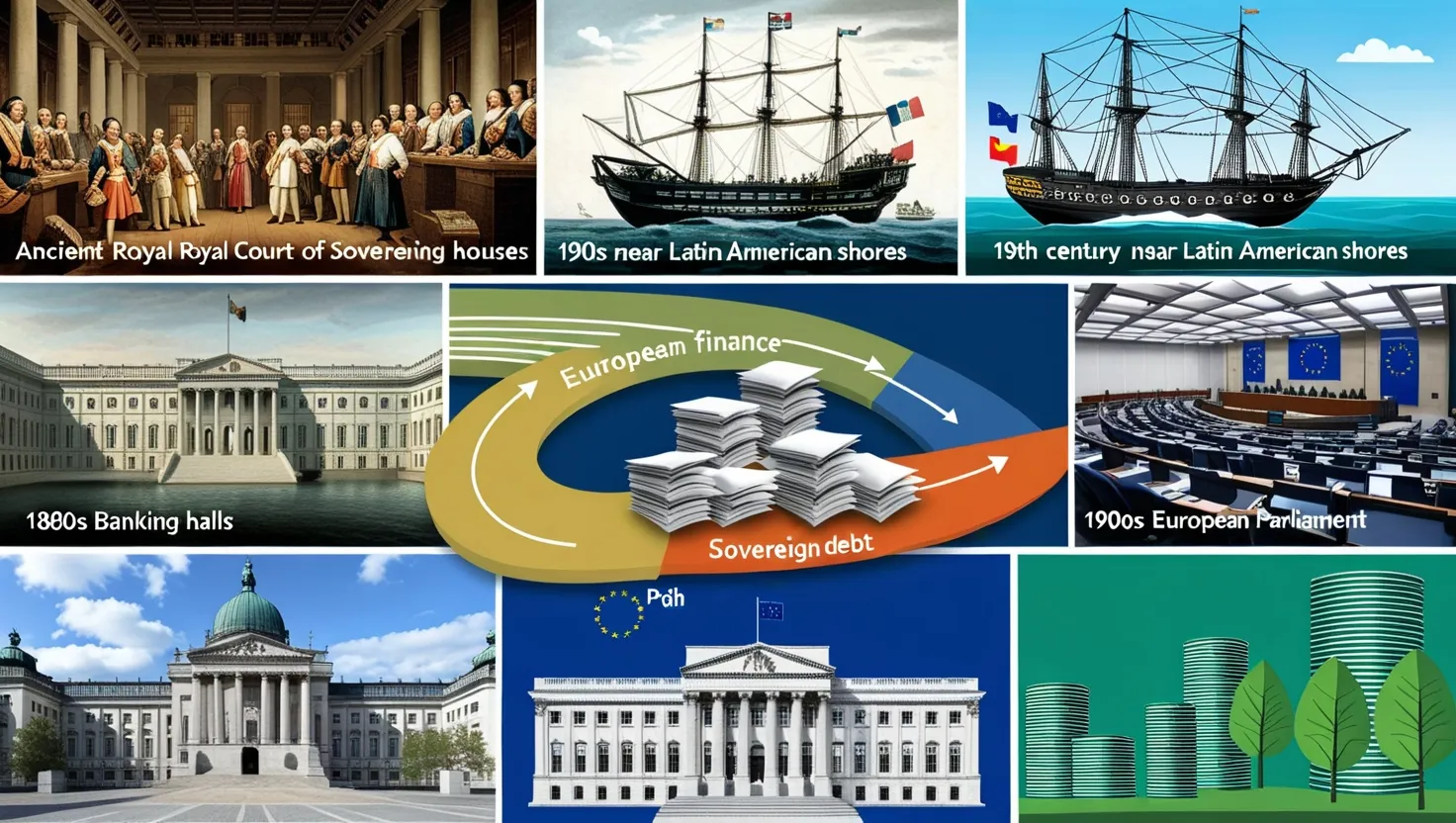When you hear about the FIRE movement, the idea of retiring early and living a life of financial independence can be incredibly appealing. But, is this dream achievable for everyone? Let’s dive into the intricacies of the FIRE movement and explore its pros, cons, and the realities behind it.
What is the FIRE Movement?
At its core, the FIRE movement is about achieving financial independence and retiring early, often decades before the traditional retirement age of 65. It’s a lifestyle that emphasizes aggressive saving, smart investing, and frugal living. The acronym FIRE stands for Financial Independence, Retire Early, and it’s a movement that has gained significant traction in recent years.
The Philosophy Behind FIRE
The philosophy of FIRE is simple yet demanding. It involves calculating your “FIRE number,” which is typically 25 times your annual expenses. This number is the benchmark you need to reach to ensure you can live off your savings and investments without needing a paycheck. For example, if your annual expenses are $50,000, your FIRE number would be $1,250,000.
Variations of FIRE
Not everyone who follows the FIRE movement does so in the same way. There are several variations that cater to different lifestyles and goals.
- Lean FIRE: This approach is for those who are comfortable with a minimalist lifestyle. Lean FIRE enthusiasts save aggressively and minimize their expenses to reach financial independence as quickly as possible. They often live in small homes, cook their own meals, and avoid luxury spending.
- Fat FIRE: On the other end of the spectrum, Fat FIRE involves saving more to maintain a comfortable retirement lifestyle. These individuals still save aggressively but allow for more spending on travel, hobbies, and other expenses. Fat FIRE often requires a higher net worth to support the desired lifestyle.
- Barista FIRE: This is a hybrid approach where individuals retire early but continue to work part-time to supplement their retirement income. Barista FIRE allows people to stay engaged in their community and maintain social connections while enjoying the benefits of early retirement.
The Pros of FIRE
One of the most appealing aspects of the FIRE movement is the potential for early retirement. Imagine having decades of time to travel, volunteer, start a business, or simply enjoy a slower pace of life with friends and family. This freedom can be incredibly empowering and allow you to pursue your passions without the constraints of a 9-to-5 job.
FIRE can also reduce stress and burnout. Many people experience anxiety and burnout from long hours at demanding jobs. By achieving financial independence, you can break free from this cycle and enjoy a healthier work-life balance.
Moreover, FIRE offers more flexibility and control over your life. When you’re not tied to a paycheck, you have the freedom to make choices that align with your values and goals.
The Cons of FIRE
While the FIRE movement sounds like a dream come true, it’s not without its challenges. One of the biggest hurdles is the high savings rate required. Saving 50% or more of your income can be daunting, especially for those with high living expenses or debt obligations. For instance, if you’re living in a city with a high cost of living, saving aggressively might mean making significant lifestyle adjustments that could be unsustainable in the long term.
Another potential pitfall is the risk of underestimating expenses. Retirement can be unpredictable, and unexpected costs like healthcare expenses or home repairs can quickly deplete your savings. It’s easy to underestimate how much money you’ll need in retirement, especially if you’re used to a certain standard of living.
Social isolation is another concern. Leaving the workforce early can lead to a loss of social connections and a sense of isolation. This is particularly true for those who derive a sense of purpose and community from their work.
Is FIRE Right for Everyone?
The answer is no; FIRE is not a one-size-fits-all solution. While it can be incredibly rewarding for some, it may not be feasible or desirable for others. For example, individuals on lower incomes might find it impossible to save the required amount, and those with significant debt obligations may need to focus on debt repayment before considering early retirement.
Moreover, the FIRE movement often overlooks the importance of work beyond financial independence. Work can provide a sense of purpose, social interaction, and continued feelings of contribution. Some critics argue that retiring early and completely leaving the workforce might not lead to a happy and fulfilling retirement.
Practical Tips for Achieving FIRE
If you’re considering the FIRE movement, here are some practical tips to keep in mind:
- Never neglect your emergency fund: Having an easily accessible emergency savings pot is crucial. This fund should cover at least three to six months of expenses.
- Be realistic about your expected income in retirement: Many people underestimate how much income they’ll need in retirement. It’s important to do your research and make an accurate estimate.
- Use pension funds and ISAs wisely: Pensions offer tax relief and are worth building up, while ISAs are tax-free and can be accessed whenever you want.
The Cultural Backlash
Despite its popularity, the FIRE movement has faced criticism. One of the main criticisms is that it can be elitist and unrealistic. Saving 50% or more of your income is often impossible for individuals and families with high living expenses or debt obligations. A six-figure salary for the household is often essential to achieve these savings rates, which is not feasible for many.
Additionally, the focus on early retirement can overlook the possibility of unforeseen circumstances like medical emergencies or job loss. These events can significantly impact a person’s financial plans and highlight the need for robust safety nets.
Finding a Balance
While the FIRE movement can instill good financial habits, it’s important to find a balance between enjoying the present moment and working towards long-term goals. Extreme budgeting can strain relationships and create tunnel vision regarding life goals. Finding a middle ground where you can enjoy your life now while still saving for the future might provide a more sustainable approach to personal finance.
Personal Reflections
Personally, the idea of achieving financial independence and retiring early is both exciting and intimidating. It requires a level of discipline and sacrifice that not everyone is willing or able to make. However, the principles of FIRE—saving aggressively, investing wisely, and living frugally—can be beneficial even if you don’t plan to retire early.
For instance, applying the 50/30/20 rule (where 50% of your income goes towards necessities, 30% towards discretionary spending, and 20% towards saving and debt repayment) can help you build a solid financial foundation regardless of your retirement goals.
Conclusion
The FIRE movement is an alternative way to achieve financial independence and early retirement, but it’s not a decision to make lightly. It requires careful planning, significant sacrifices, and a deep understanding of your financial situation and goals. While it may not be for everyone, the principles of FIRE can be applied in various ways to improve your financial health and provide more freedom in your life.
Whether you’re aiming for Lean FIRE, Fat FIRE, or just a more secure financial future, the key is to be realistic, flexible, and open to adjusting your plans as circumstances change. By weighing the pros and cons and considering your own values and goals, you can make an informed decision about whether the FIRE movement is right for you.






